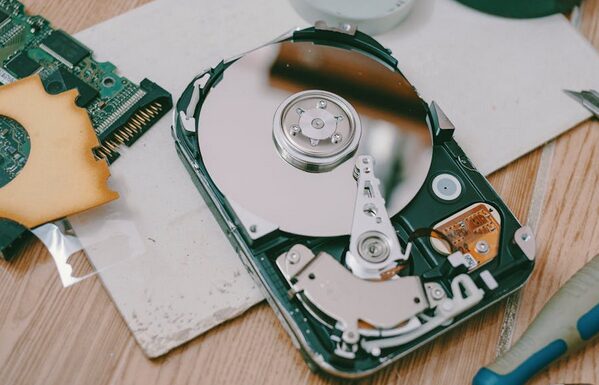In embedded systems, EEPROM (Electrically Erasable Programmable Read-Only Memory) is often used to store data that needs to be changed frequently and should not be lost due to power interruptions. However, since STM32 does not have built-in EEPROM, how can we solve this problem and meet storage requirements?

1. Use External EEPROM Chips
When STM32 microcontrollers require EEPROM functionality, external EEPROM chips can be used. These chips typically connect to STM32 via I2C, SPI, or other serial interfaces. External EEPROM chips provide non-volatile storage, capable of retaining data when power is turned off.
When selecting an external EEPROM chip, factors such as storage capacity, access speed, interface type, and power consumption should be considered. For example, Atmel’s AT24C02 is a common external EEPROM chip that offers a storage capacity of 2K bits and communicates with STM32 through the I2C interface.
2. Use STM32 Internal Flash Memory
STM32 microcontrollers have internal Flash memory, which can also be used to simulate EEPROM functionality. Internal Flash memory is non-volatile and can be programmed and erased during operation. However, due to the write cycle limits of Flash memory, it needs to be used carefully to avoid excessive wear.
To implement EEPROM functionality, developers can allocate a specific area in Flash memory and use specific software algorithms to simulate EEPROM read and write operations. These algorithms need to ensure data integrity and reliability while considering the write limitations of Flash memory.
3. Use STM32 Backup SRAM
Some STM32 microcontrollers feature backup SRAM (Static Random Access Memory), which can be powered by a backup battery when the main power is off. Although backup SRAM is volatile, it can serve as an alternative to EEPROM in certain cases.
When the main power is turned off, the data in backup SRAM will be lost. However, if the application can save data to the backup SRAM before the main power is turned off and reload this data when the main power is restored, EEPROM-like functionality can be achieved. Note that this method requires additional hardware and software support and may not be suitable for all STM32 microcontrollers.
4. Consider Other Non-Volatile Storage Solutions
In addition to the above methods, there are other non-volatile storage solutions available for STM32 microcontrollers. For instance, newer non-volatile memory technologies such as FRAM (Ferroelectric RAM) or MRAM (Magnetoresistive RAM) can be used. These technologies offer higher read and write speeds and lower power consumption, but may be more costly and less integrated.
This article is an original piece from FanYi Education. Please indicate the source when reprinting!